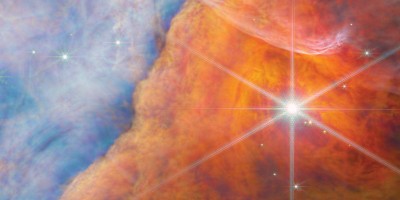Abstract
At the dawn of the space age, nanosatellites, weighing between 1 and 10 kg, were used because of launcher limitations. In the past twenty years, a renaissance has occurred as a consequence of the success of microsatellites in accessing auxiliary and piggyback launch opportunities driving affordability. In addition, the capabilities and flight demonstrations of microelectronics components in orbit and the revolutionary CubeSat initiative have opened up a wealth of flight opportunities and stimulated an explosion in the supply chain. More recently, nanosatellite capabilities have been driven by the twin forces of commercial and scientific innovation. Commercial innovation has driven both the expectation and reality of reliable nanosatellites as companies build their businesses on the back of CubeSat manufacture; scientific innovation has stimulated the development of high-performance satellite payloads and subsystems. This Perspective reflects on the history and current state of the field, and offers a future outlook for nanosatellite science missions.

Spire Global.


NASA/JPL-Caltech
Similar content being viewed by others
References
Hall, R. C. Origins and development of the Vanguard and Explorer satellite programs. Air Power Historian 11, 101–112 (1964).
Schwartz, N. et al. Laboratory demonstration of an active optics system for high-resolution deployable CubeSat. In Proc. The 4S Symposium (ESA, 2018).
Smith, M. W. et al. On-orbit results and lessons learned from the ASTERIA space telescope mission. In Proc. 32nd Annual AIAA/USU Conference on Small Satellites SSC18-I-08 (AIAA, USU, 2018).
Pong, C. M. On-orbit performance & operation of the attitude & pointing control subsystems on ASTERIA. In Proc. 32nd Annual AIAA/USU Conference on Small Satellites SSC18-PI-34 (AIAA, USU, 2018).
Author information
Authors and Affiliations
Corresponding author
Ethics declarations
Competing interests
The authors declare the following competing interests: they are employed by In-Space Missions Limited to develop new space missions and provide consultancy and procurement support to the space industry.
Additional information
Publisher’s note Springer Nature remains neutral with regard to jurisdictional claims in published maps and institutional affiliations.
Rights and permissions
About this article
Cite this article
Liddle, J.D., Holt, A.P., Jason, S.J. et al. Space science with CubeSats and nanosatellites. Nat Astron 4, 1026–1030 (2020). https://doi.org/10.1038/s41550-020-01247-2
Received:
Accepted:
Published:
Issue Date:
DOI: https://doi.org/10.1038/s41550-020-01247-2
- Springer Nature Limited
This article is cited by
-
Impact of atmospheric turbulence on OOK and BPSK modulations for satcom optical uplink
Telecommunication Systems (2024)
-
Swarm of lightsail nanosatellites for Solar System exploration
Scientific Reports (2023)
-
Carbon nanoparticles as absorbers in PVC for laser ablation propulsion: size effects
Applied Physics A (2023)
-
SOMP2B scientific nanosatellite of TU Dresden: operation and first results
CEAS Space Journal (2023)
-
The Improved X-ray Detector (iXRD) on Sharjah-Sat-1, design principles, tests and ground calibration
Experimental Astronomy (2023)




